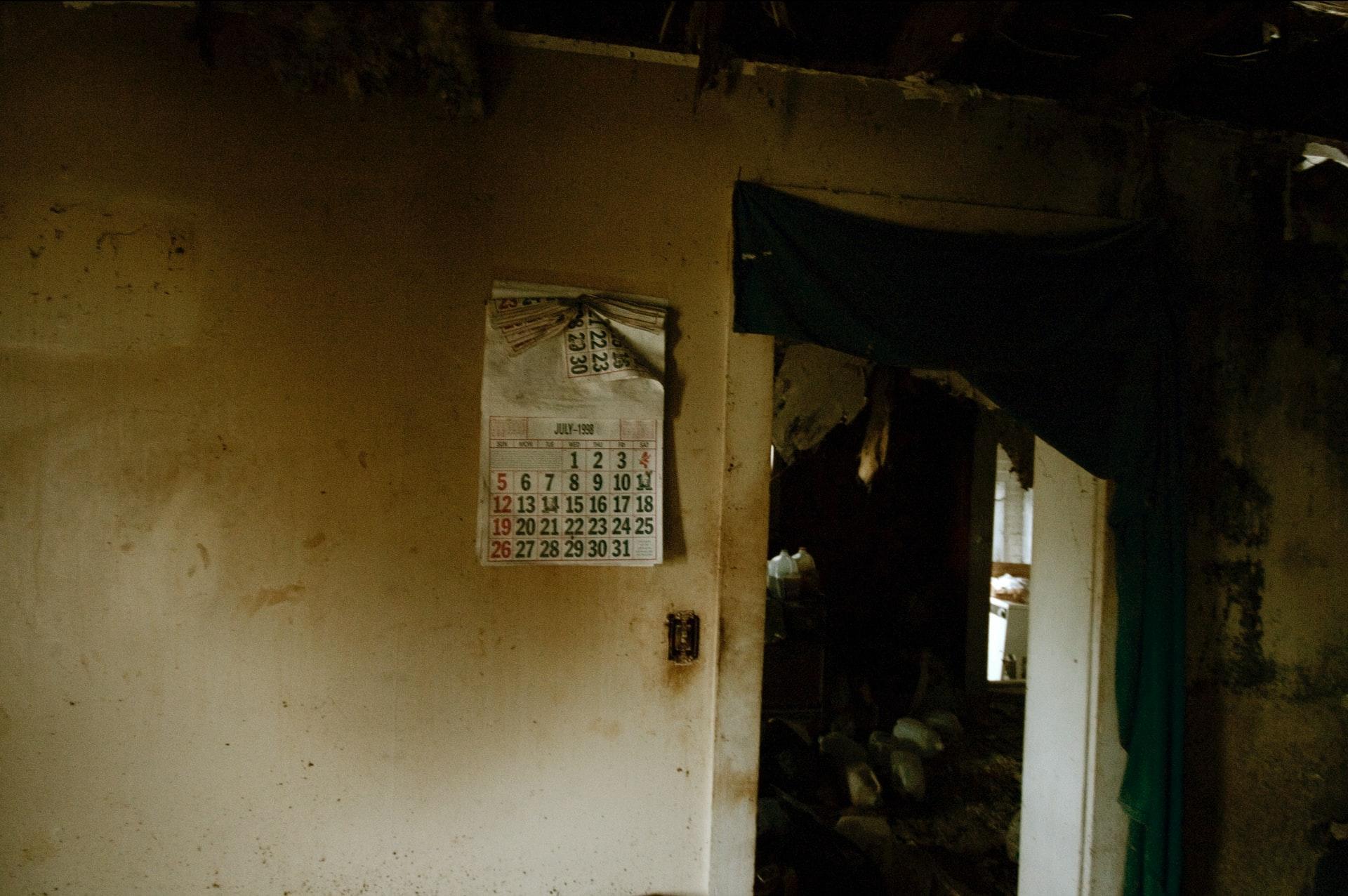Water damage is one of the most serious afflictions your property can face. This is because the problems it causes aren’t always immediately visible, taking months and even years to rear its head.
This can turn your home into a ticking time bomb of structural vulnerability, unpleasant smells, damaged paintwork, and wrecked carpets. Some of these issues might sound relatively minor, but when you spend thousands trying to make your home livable again, only for the issues to keep cropping up, the situation can become unbearable.
It must be said that no two cases of water damage are the same. You may have suffered a major flood that has affected the foundations, which is likely to cause significant long-term damage. In the most extreme cases, your property may not be safe, and may even require rebuilding before you can live in it again.
On the other hand, water damage could mean a minor leak or rising dampness, which may not necessitate the same extreme levels of caution.
Whatever the scenario, the damage caused by water is not always immediately obvious and requires you to look a little deeper.
Major signs of water damage
Here are three major signs of water damage on a property.
A damp odor
One of the most common signs of possible water damage is a damp odor that emanates from the afflicted areas. The more serious the damage, the more unpleasant the smell is likely to be.
Naturally, this sign should only be used as a general rule of thumb. There is no way of truly knowing how serious your water damage is until you strip back the walls and carpets, allowing you to more clearly see where and how deep the water has seeped.
The reason why damp is so difficult to get rid of is that it thrives in poorly ventilated spaces, which, by their very nature, are tricky to modify. As a result, it may require significant work to address the problem.
If you do need to make significant repairs (perhaps after a flood), then it is important that you hire a specialist—for example by searching up water damage DeBary—who can complete the work for you. This is because they will give you a professional assessment of how severe the issue is, and whether it has started to damage other parts of your property.
Visible watermarks or mold
Another tell-tale sign of water damage is, of course, the presence of watermarks. For example, you may find visible tide marks on your walls if you have recently suffered a severe flood, which gives you a visual indicator of the areas the water has reached.
In less dramatic cases, these watermarks may just be blotches, hidden to the naked eye. Obviously, because these are far more difficult to spot, you may be required to rip apart carpets or wallpaper and remove furniture and other belongings before you find any evidence.
This is what makes water damage so notoriously difficult to eliminate before it causes further issues in the future. The best course of action is to take any evidence of possible damage seriously and take preventative measures immediately. If you spot a small watermark, it is wise to search the house for more evidence.
While it may be irritating in the short term, it is likely to save you a lot of money and aggravation further down the line.
Structural weakness in your property
A more striking sign of water damage is evidence of structural weakness within your home.
This could take the form of warped flooring (most noticeably upstairs), walls that are damp to the touch, cracked or bubbling paintwork on both ceilings and walls, or even water leaks coming directly from the roof or a room upstairs.
It should go without saying that any evidence of structural vulnerability should be treated with the utmost seriousness. These types of issues could compromise the safety and livability of your home, so they need to be dealt with immediately.
Final words
What’s more, they are likely to spread damage quickly, especially if you are experiencing dripping water, which will cause further issues.




